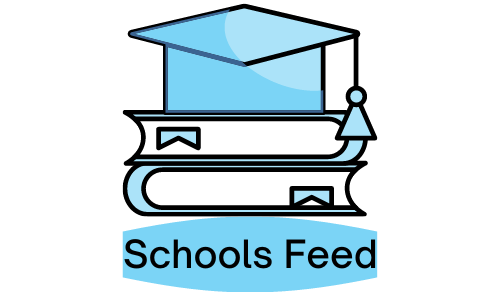The study of technology is known as technology education, and students “learn about the processes and knowledge related to technology” in this course. It is a branch of study that focuses on how people can use tools and materials to manipulate the physical world to transform it to suit their requirements. It covers the discrepancy between widespread use and a lack of technical understanding of the underlying technologies and how to address them. The overall scientific and technological literacy and technacy of the students is one of the goals of this emerging field.
Education in technology is distinct from educational technology. As opposed to technology education’s overall focus on technology use, educational technology concentrates on a more specific subset of technology use that revolves around the use of technology in and for education.
History
In the United States and other countries, the Industrial Arts heritage and craft instruction or vocational education are the roots of technology education. In 1980, the “Futuring Project” renamed “industrial arts education” to “technology education” in New York State to raise students’ technological literacy. A Technology Training Network was also developed by the New York State Education Department (NYSED), as the nature of technology education is fundamentally different from that of its predecessor. Industrial Arts teachers completed in-service education in the middle of the 1980s.
While in nations like Taiwan and Australia, its elements may be seen in older vocational programs, technology as a new subject in Sweden evolved from the history of crafts subjects. A subject for technology education in the twenty-first century was the design of a Mars suit. The two types of education—technical and general—are completely different.
Current State of Technology Education
Technology education is in the “status of childhood and daring experimentation,” according to TeachThought, a private organization. According to a nationwide poll of teachers conducted by an independent market research firm, 86 percent of teacher respondents believe that technology must be employed in the classroom. 89% of respondents believe technology enhances academic achievement, and 96% say it encourages student participation.
Various educational systems use technology. In public schools in the United States, there is one desktop computer for every five students as of July 2018, and more than $3 billion is spent annually on digital content. The government used digital platforms more frequently than the conventional pen-and-paper technique for state-mandated testing at the elementary and middle school levels in the academic year 2015–2016.
The digital revolution offers new learning opportunities. Even if they are not present in the classroom, students can still learn online. Technology advancement necessitates novel strategies for fusing current and upcoming technological advancements and integrating these innovations into the public education system. A new environment with new individualized and blended learning is created when technology is integrated into daily learning. The individualized study gives students the flexibility to complete assignments according to their own needs, which advances the entire learning process.
The use of technology in education is vast. It develops and transforms quickly. Computer technology helped raise standards in numerous schools in the United Kingdom to meet various problems. Following its popularity in the US, the “Flipped Classroom” idea was adopted in the UK. The purpose of delivering instruction online and outside of regular classrooms is to reverse traditional teaching approaches.
In January 2018, the European Commission endorsed a plan for digital education. The program’s 11 activities enhance the use of technology and digital capabilities in the improvement of education. The Commission also approved a Staff Working Document, an action plan outlining its approach to adopting digital education. The three priorities outlined in this strategy are intended to help member states of the European Union address all relevant issues. The entire framework will be compatible with the European Framework for Qualifications for Lifelong Learning and the European Classification of Skills, Competencies, Qualifications, and Occupations.
The World Bank and the Ministry of Education, Science, and Technology of South Korea co-sponsored a yearly (two-day) international conference in East Asia in October 2017 to assist industry practitioners’ and senior officials’ concerns about education and ICT. Participants strategize and share concerns about the employment of new technologies in the area’s schools.
